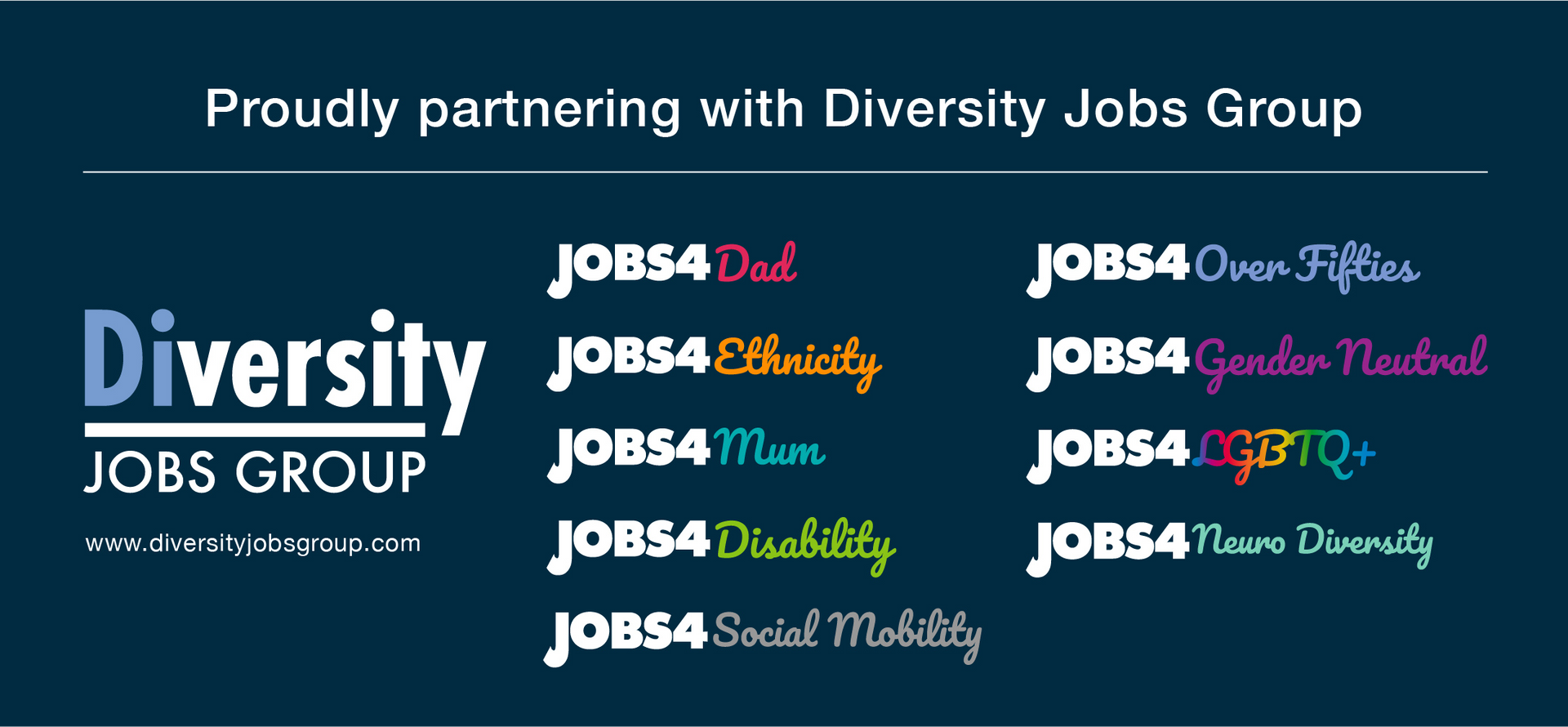The Cost of Mis-hires
It is reported that the price of a bad hire is at least 30% of that employee’s first-year salary
A staggering 95% of companies admit to making bad hires every year and the costs associated with this can be huge. It is reported that the price of a bad hire is at least 30% of that employee’s first-year salary.
Along with the direct costs of recruiting and training a mishire, and then recruiting and training their replacement, there are other indirect costs associated with mishiring that can arguably cost the company far more. A ‘bad hire’ can also lower morale and engagement within the company, either because they are disengaged or because they are unwilling or unable to complete their tasks meaning that other members of the team feel they have to work harder to pick up the slack.
There will also be costs associated with a loss of productivity, either because the bad hire is not capable of performing at the level needed or not willing to. This productivity decline may spread to other members of the organization, or it may result in others working harder to compensate for the loss which, at unsustainable levels, will eventually lead to burnout.
So clearly given the above, mishiring is something that all organizations should be aiming to avoid, but what steps can organizations actually take?
Here at HR Biscuit we’d encourage everyone to:
Use skills based question banks and scoring based on future potential not just past experience.
Assess candidates by understanding their thinking, behaviours, beliefs. Some of the most innovative minds in history were non-conformists who may not have ticked all the traditional boxes. Yet, in today's hiring landscape, would we overlook them?
Let candidates show you what they could be capable of in the future.

Embracing Innovation in Talent Acquisition and Management: Moving Beyond Competency-Based Approaches









